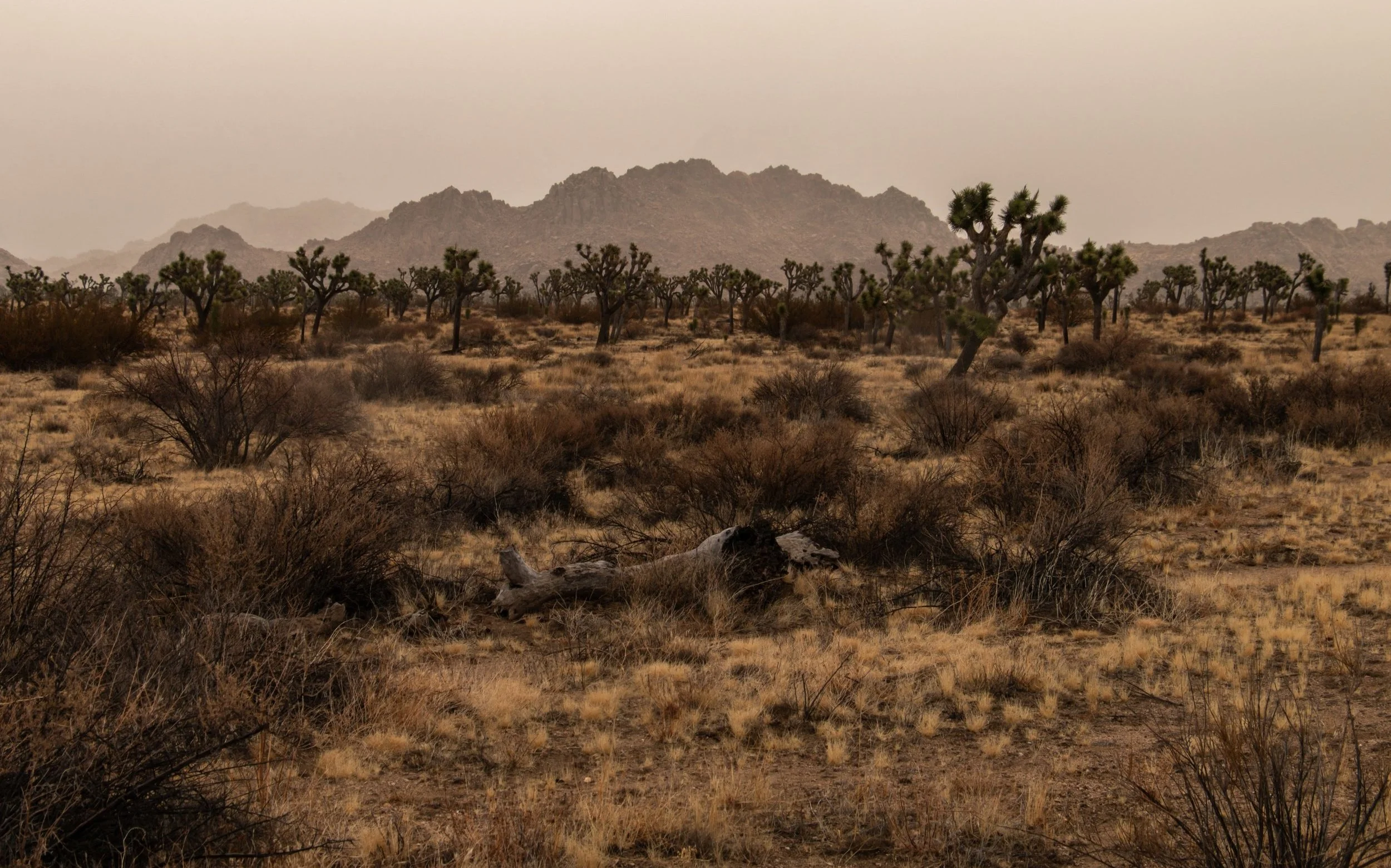The House That Landed
There is a kind of poetry in a house that looks like it fell from the sky, because in many ways, the Mojave itself feels like another world. The Monument House does not try to disappear into the desert; it does not borrow the sun-bleached palette of sand and stone. Instead, it stands in vivid contrast—red, green, and blue against a landscape of ochre and sage, its angular pavilions rising from the boulders like a visitor from another time.
And yet, it belongs. Not in the way we expect homes to belong, through imitation or subtlety, but in the way a boulder belongs, or a Joshua tree—by simply being there, unmovable, unbothered by the passage of time. I still pass it often, catching glimpses of it in my periphery. And each time, it reminds me that architecture, like the desert itself, does not need permission to exist.
Ansel Adams and the Power of Photography in Conservation
Photography has long been a bridge between humanity and the natural world, a tool that not only records landscapes but shapes how we see and value them. Before the advent of the camera, the American West existed in the national imagination as a distant frontier—vast, untamed and largely unknown to those who had never set foot there. When photography arrived, it changed perception. No longer confined to words or paintings, the towering cliffs of Yosemite, the geysers of Yellowstone, or the sculpted rock formations of the Southwest were now visible, undeniable. And with that visibility came a question: would these places be protected or exploited?
Ansel Adams understood that a single image could be more than documentation—it could be persuasion. His photographs, striking in their contrast and composition, were not just artistic; they were political. Through his work with the Sierra Club, his images of Yosemite and Kings Canyon reached policymakers, swaying decisions that would safeguard these landscapes for future generations. Adams didn’t just capture nature; he framed it as something worth fighting for. And today, as conservation efforts face growing challenges, his work is a reminder that photography remains one of the most powerful tools for advocacy—not just in what it preserves, but in what it inspires us to protect.
In the Eye of the Storm: Contact with Nature’s Divinity
“The key to life is contact,” Samuelson had carved. Contact with what? With nature, as he called God? Or something deeper? As I stood there, the answer seemed to surround me. The clouds churned overhead, a dramatic reminder of nature’s force. The desert, vast and unyielding, seemed alive, whispering truths that transcend time. In that moment, Samuelson’s words made perfect sense. Contact wasn’t just about physical touch—it was about connection. Connection with the land, with the storm, with the timeless rhythms of the Earth.
Samuelson’s view of nature as God and his reverence for evolution felt like a rugged, desert-born transcendentalism. It’s easy to imagine him standing here, carving his philosophy into stone, surrounded by the same raw beauty that now enveloped me. His words reflect a belief in the natural world as the ultimate spiritual force, the source of all meaning and life. Standing in the eye of an approaching storm, I couldn’t help but feel the truth of his vision.
Rediscovering Emerson in the Age of Information: Degeneration and Reconnection
Ralph Waldo Emerson’s transcendentalist philosophy, born in the 19th century, feels startlingly relevant today. As we navigate an era defined by unprecedented access to information, relentless technological advances, and an ever-deepening sense of disconnection, Emerson’s warnings against societal, moral, and intellectual stagnation—what he might call "degeneration"—offer profound insight. This exploration of his ideas and their resonance with our modern challenges suggests a path toward reconnection and renewal.
Is Nature Reflecting Humanity’s Greatest Flaw?
In our increasingly divided world, even the air we breathe has become politicized. Discussions about environmental changes, once a topic for scientific exploration and global collaboration, have now become battlegrounds of ideology. Conversations devolve into accusations rather than mutual inquiry, with every argument sharpening the line between “us” and “them.” This hyper-polarization not only distracts us from the underlying issues but also inhibits our ability to engage with the complexity of what’s truly happening to the planet we call home.
2024 in Review: Capturing Joshua Tree’s Best Moments Through Social Media
As 2024 winds down, I find myself reflecting on the stories I shared through Joshua Tree National Park’s social media channels. This year, I focused on blending creativity, conservation, and connection, crafting posts that not only showcased the park’s natural beauty but also fostered meaningful engagement. Each project, from playful April Fools’ lore to thoughtful tributes to conservation photography, became part of a highlight reel that captured the essence of Joshua Tree’s evolving story.





